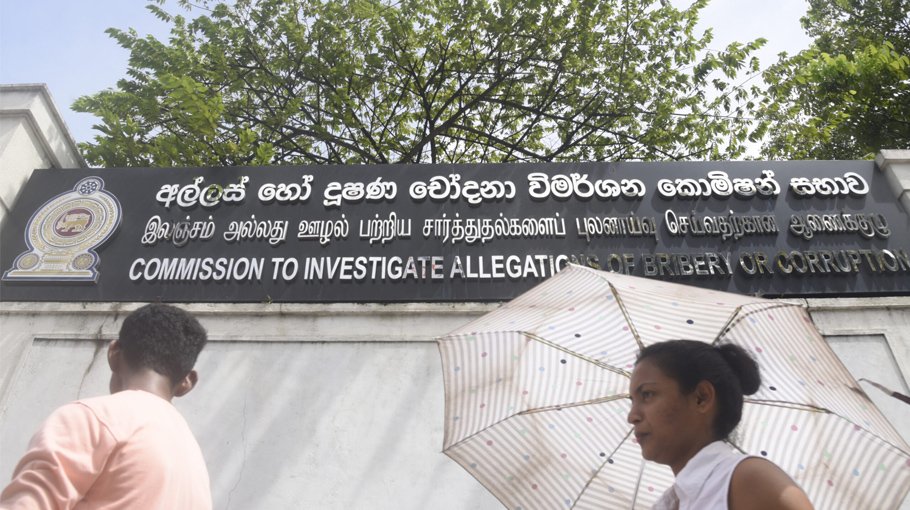Tackling corruption in Asia requires challenging gender norms

Caryn Peiffer
International anti-corruption efforts are increasingly acknowledging a crucial reality — corruption is not just about money changing hands. It is also shaped by societal power structures. Corruption thrives on power imbalances, and gender inequality reinforces these disparities. This connection is especially important in the Asia Pacific, where corruption levels and gender inequality remain stubbornly high in many countries.
For women, particularly those from marginalised communities, corruption often has uniquely devastating consequences. From sexual corruption to bribery, women’s encounters with the state and corruption are shaped by societal expectations about gender roles and norms. Yet, despite this growing awareness, the Asia Pacific remains largely underexplored when it comes to understanding the gendered nature of corruption.
Much of the existing research on gender and corruption in the region focuses on broad statistical correlations — like the relationship between women’s political representation and national corruption levels. Alternatively, some studies use experimental analysis to examine whether women are less likely to engage in corrupt behaviour. While these studies provide useful insights, they do not capture the lived experiences of women who encounter corruption.
To bridge this gap, a 2025 study in partnership with Transparency International was designed to conduct focus group discussions with 139 participants in Cambodia, Fiji, Indonesia and Sri Lanka. The goal was to explore not just how corruption affects women, but also how gender norms shape interactions with public officials. These four countries were chosen for their cultural, geographic and political diversity within the Asia Pacific region, as well as the practical consideration that each had a Transparency International chapter with the interest and capacity to support the research. While the findings provide clear insights into how gender and corruption interact in these specific contexts, they are not necessarily generalisable. Further research is certainly needed to assess whether similar patterns emerge across these regions or beyond.
The findings revealed that two types of gender norms play significant roles in shaping experiences with corruption. Descriptive gender norms reflect beliefs about how men and women typically behave, while injunctive gender norms refer to beliefs about how they should behave. Effectively combating corruption requires challenging these gender norms that make women uniquely vulnerable and prevent many from reporting it.
This connection is especially important in the Asia Pacific,
where corruption levels and gender inequality remain stubbornly
high in many countries. Pressures to be a ‘good mother’ or ‘dutiful
daughter’ make it more difficult to resist corruption — especially
when the well-being of loved ones is at stake.
Sexual corruption, sometimes called ‘sextortion’, provides a stark demonstration of this dynamic. Sexual corruption refers to officials soliciting sexual favours in exchange for services or an exercise of their authority. Descriptive male gender norms that encourage the sexual objectification of women are a major factor driving this behaviour. At the same time, injunctive gender norms around female sexual modesty create immense social and psychological barriers to reporting, with women being overwhelmingly and disproportionately victimised.
Across countries, participants described the deep shame and fear victims face. One Cambodian participant noted that most survivors stay silent because they are ‘afraid of being discriminated [against] or separate[d] from their family’. As a result, many perpetrators operate with a sense of impunity, confident that they will not face consequences, while victims often remain silent and without access to help.
Sexual corruption is not the only way gender norms shape corruption. Expectations about femininity — such as injunctive norms that encourage women to be socially passive — disempower women from challenging corrupt officials. Stereotypes about ‘feminine passivity’ also reinforce beliefs among officials that women are ‘easier targets’ for exploitation. As one Indonesian participant observed, ‘women are not expected to be vocal’, making it ‘very difficult for women to stand up’ against injustice.
Descriptive and injunctive gender norms that frequently cast women in caretaking roles mean they are disproportionately targeted for bribes in critical sectors like healthcare and education. Pressures to be a ‘good mother’ or ‘dutiful daughter’ make it more difficult to resist corruption — especially when the well-being of loved ones is at stake.
Tackling corruption requires more than prosecuting offenders. This is because corruption does not exist in a vacuum — it is shaped by the social environment it thrives in. To make real progress, there must be deliberate action to challenge the gender norms that fuel corruption.
Of course, challenging deep-seated norms is no easy feat. Social norms research on gender-based violence and corruption has shown that it is intractably difficult to change descriptive norms — that is, beliefs about how people behave. In some cases, such attempts may even risk backfiring. In contrast, shifting beliefs about injunctive norms — or what people should do — may be easier.
Initiatives that directly address gender inequality can help challenge these types of gender norms. A long-term study of adolescent girls in Cambodia, the Philippines and Vietnam found that legal and policy reforms promoting gender equality led to a rejection of restrictive, injunctive gender norms.
Supporting efforts like boosting women’s political participation, improving economic opportunities, securing land rights and ensuring access to essential services not only promotes fairness, it also disrupts the conditions and norms that allow corruption to thrive. Tackling gender inequality, then, is not just a matter of justice. It is also a strategic approach to creating more effective and lasting anti-corruption solutions.
Caryn Peiffer is Associate Professor of International Public Policy at the School for Policy Studies, University of Bristol.
Source: East Asia Forum



